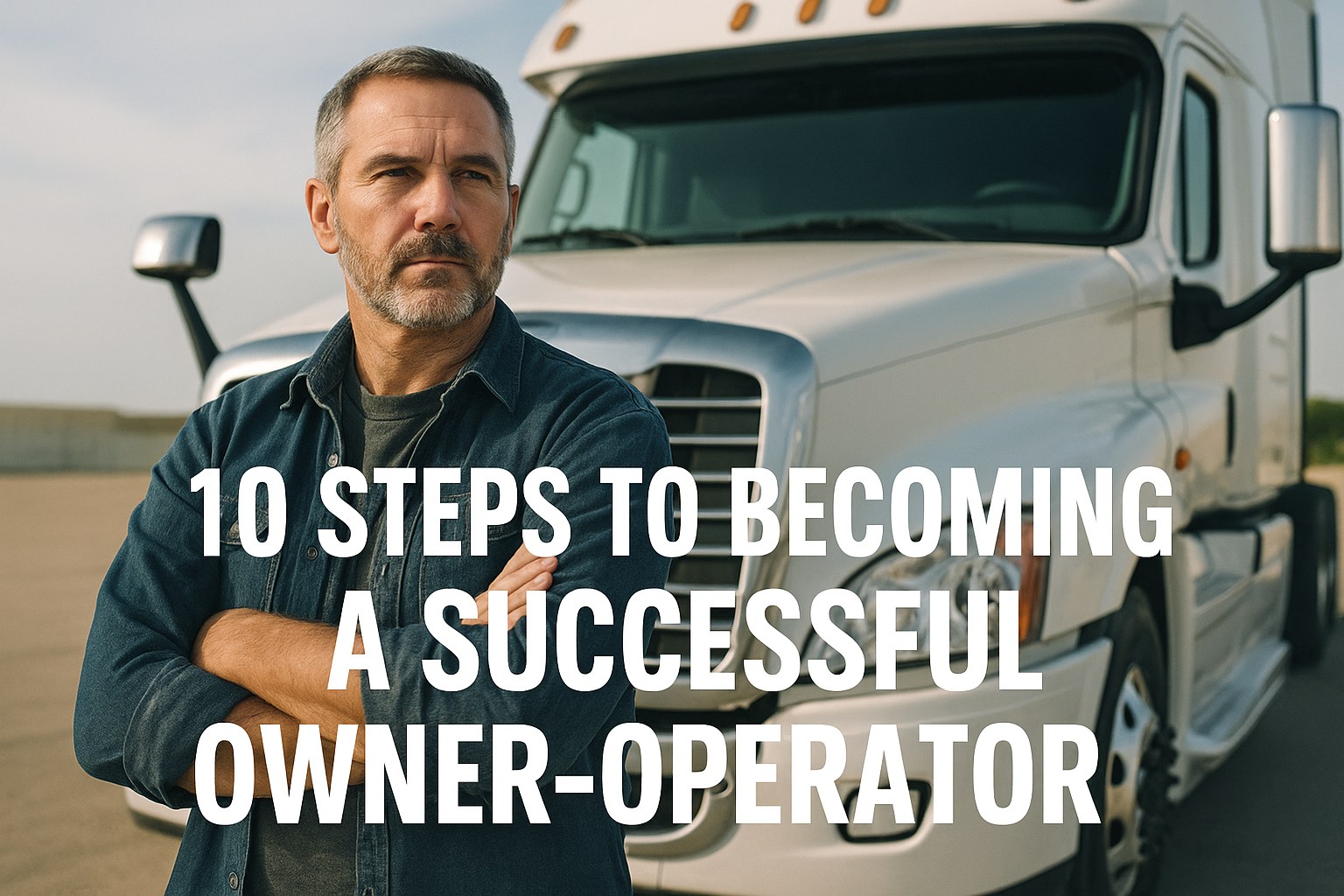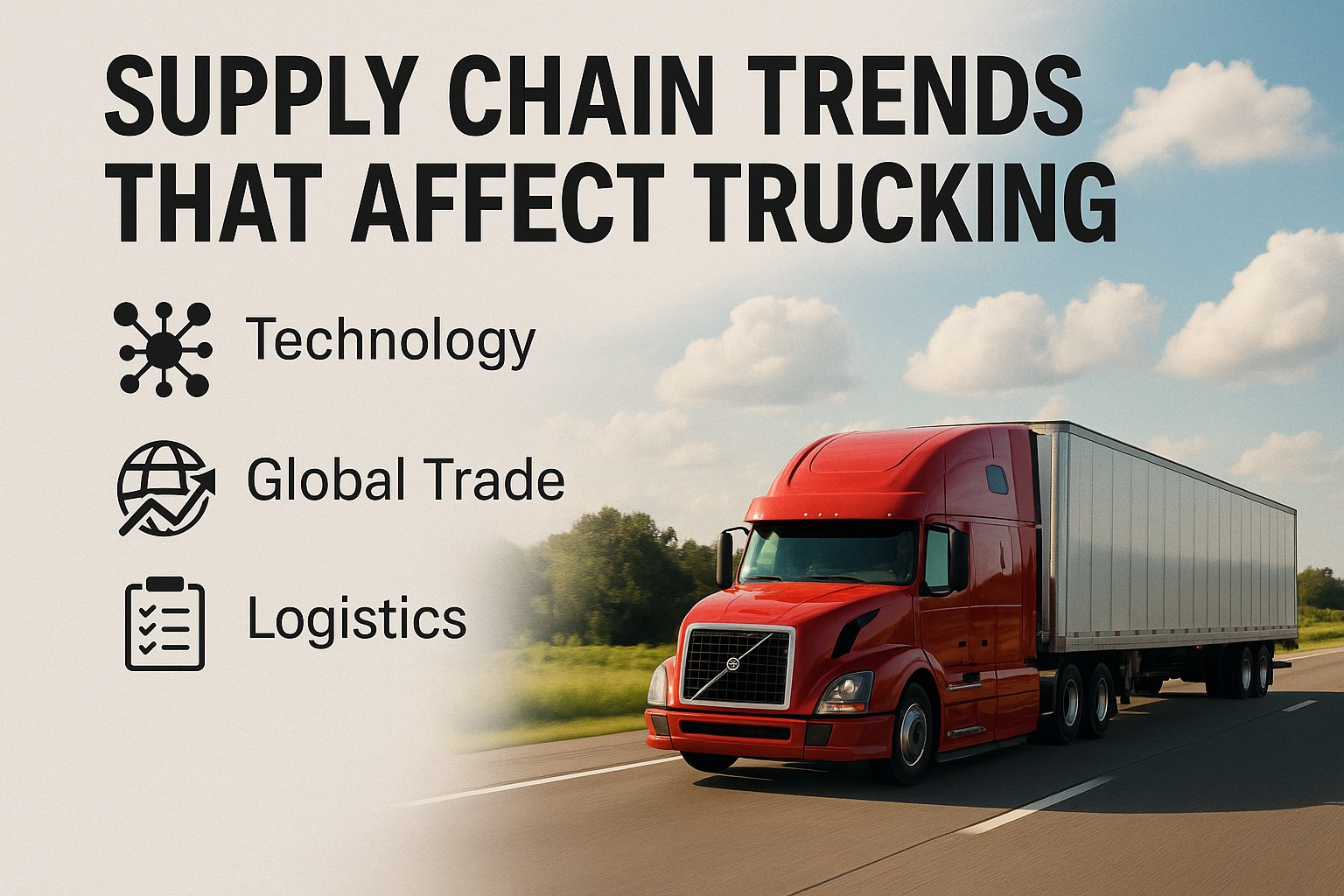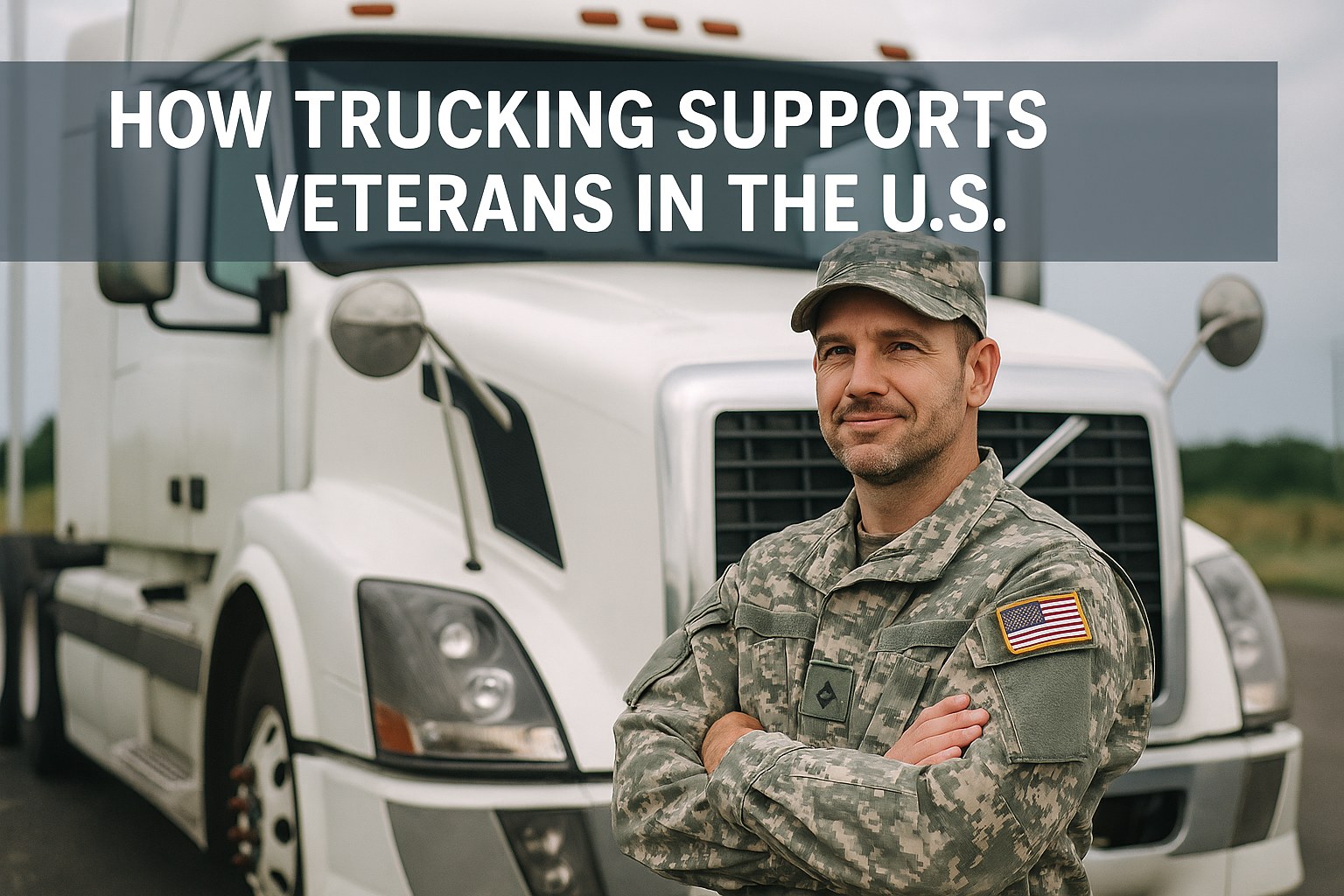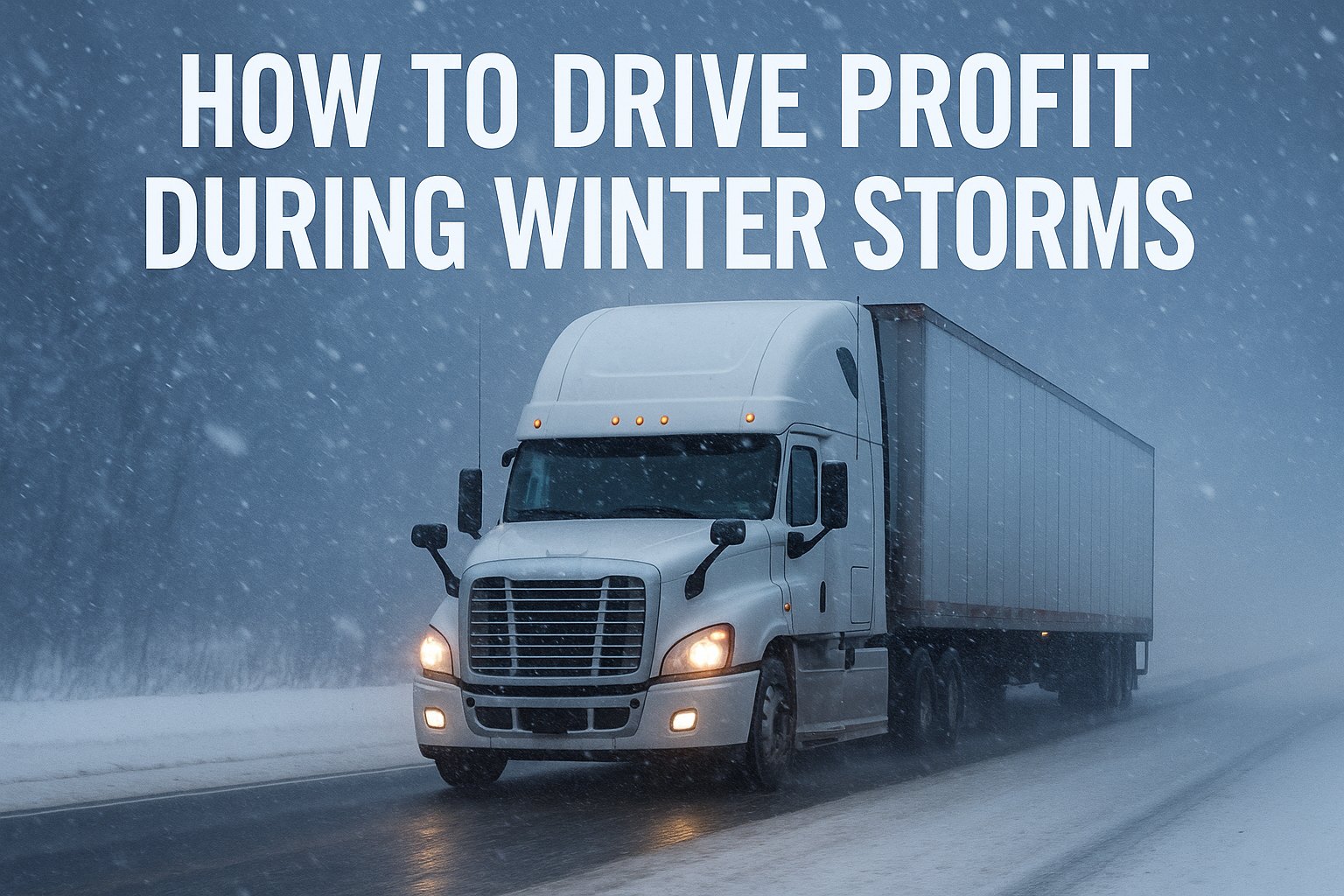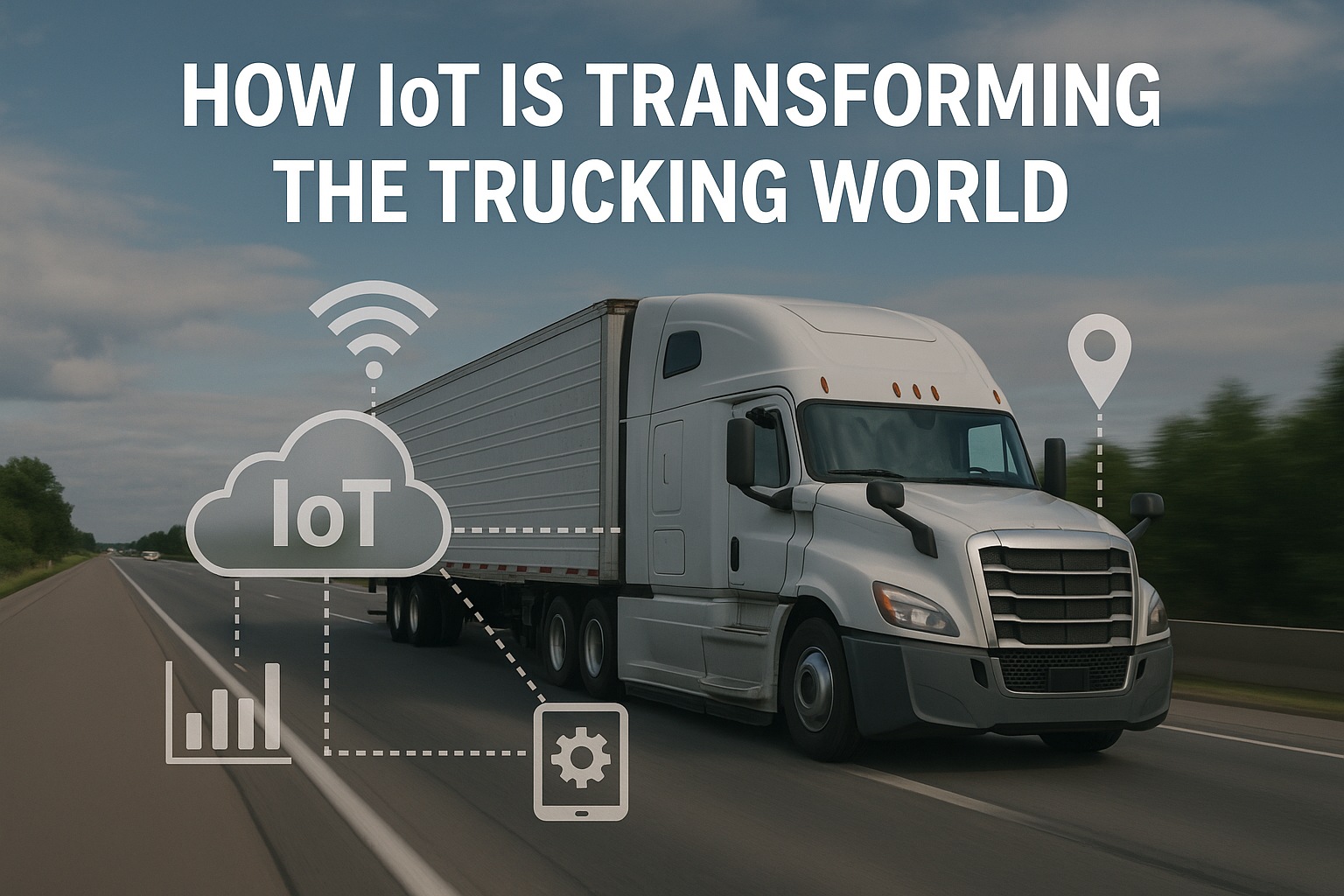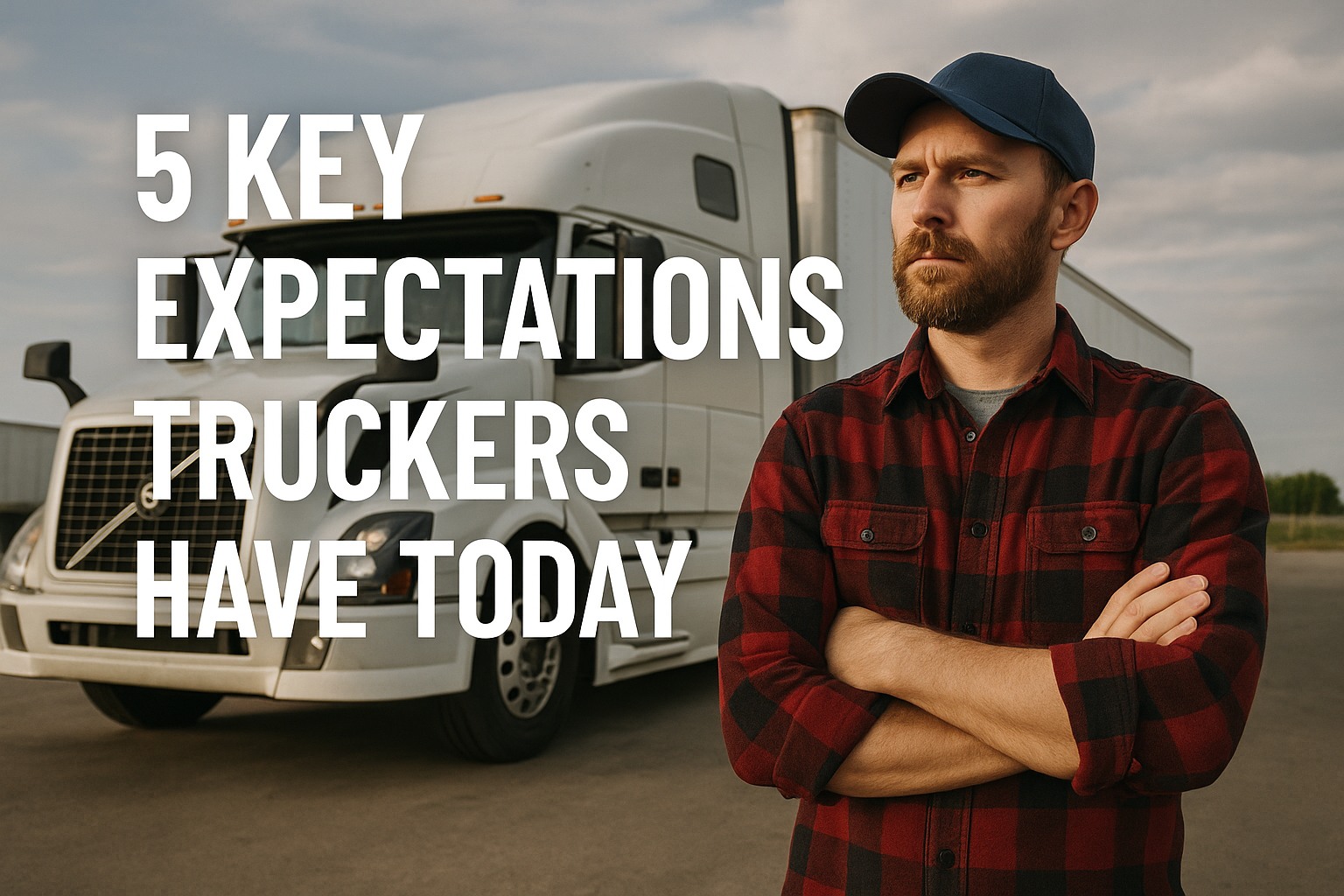The Real Path to Owner-Operator Success
Strategic owner-operator businesses achieve remarkable financial results:
40%
Higher earnings vs company drivers
$30K+
Additional annual income
85%
Success rate with proper planning
3-5x
ROI on smart investments
10 Essential Steps to Owner-Operator Success
Step 1-2: Business Foundation & Financial Planning
Critical StartBusiness Structure: LLC formation for liability protection, EIN registration, operating authority (MC number), proper insurance coverage
Financial Planning: $25,000-50,000 startup capital, 6-month emergency fund, separate business banking, accounting system setup
Credit Preparation: 650+ credit score target, debt-to-income optimization, pre-approval for equipment financing
Step 3-4: Equipment Selection & Maintenance Strategy
Investment FocusTruck Selection: 3-5 year old units optimal, 400,000-600,000 miles, comprehensive pre-purchase inspection, warranty considerations
Financing Options: 10-20% down payment, 4-6 year terms, interest rate shopping, lease vs. buy analysis
Maintenance Program: Preventive maintenance schedule, preferred vendor network, emergency repair fund, downtime planning
Step 5-6: Compliance & Insurance Optimization
Risk ManagementRegulatory Compliance: DOT registration, IFTA filing, UCR requirements, ELD compliance, drug testing consortium
Insurance Strategy: Primary liability ($1M minimum), cargo insurance, physical damage, occupational accident, business interruption
Safety Programs: CSA score management, driver qualification files, accident prevention, compliance documentation
Step 7-8: Revenue Optimization & Load Strategy
Profit DriverLoad Selection: Contract vs spot market balance, lane specialization, seasonal planning, deadhead minimization
Rate Negotiation: Know your cost-per-mile ($1.50-1.80), target 20-30% profit margins, fuel surcharge understanding, accessorial charges
Customer Development: Direct shipper relationships, broker vetting process, payment terms negotiation, service differentiation
Step 9-10: Financial Management & Growth Planning
Long-term SuccessCash Flow Management: Weekly settlements, expense tracking, tax reserves (25-30%), working capital maintenance
Cost Control: Fuel optimization programs, maintenance cost tracking, fixed vs variable analysis, technology investments
Growth Strategy: Second truck timing, driver hiring criteria, fleet expansion planning, exit strategy development
Start Your Owner-Operator Journey Right
Join thousands of successful owner-operators earning $30,000+ more annually. Get the tools, knowledge, and support you need to thrive.
Owner-Operator Financial Comparison
| Financial Category | Company Driver | Successful Owner-Operator | Annual Difference |
|---|---|---|---|
| Gross Revenue | $65,000 | $180,000 | +$115,000 |
| Operating Expenses | $0 | $105,000 | -$105,000 |
| Take-Home Income | $52,000 (after taxes) | $60,000 (after taxes) | +$8,000 |
| Tax Deductions | Minimal | $35,000+ | +$12,000 tax savings |
| Asset Building | $0 | $15,000 (equity) | +$15,000 |
| Retirement Contributions | $3,000 (401k) | $10,000 (SEP-IRA) | +$7,000 |
| Total Financial Advantage | +$42,000 | ||
First-Year Success Roadmap
Months 1-3: Foundation
Setup Phase
- Establish business entity
- Secure financing
- Purchase equipment
- Obtain permits/insurance
Months 4-6: Operations
Launch Phase
- Build customer base
- Optimize routes
- Refine cost tracking
- Establish maintenance routine
Months 7-9: Optimization
Growth Phase
- Negotiate better rates
- Expand service areas
- Improve efficiency
- Build cash reserves
Months 10-12: Scaling
Expansion Planning
- Analyze performance
- Plan second truck
- Develop systems
- Prepare for growth
Common Owner-Operator Mistakes to Avoid
❌ Insufficient Capital Reserves
Risk: 65% of failures occur from cash flow issues
Solution: Maintain 6-month expenses in reserve, separate maintenance fund, conservative revenue projections
❌ Poor Equipment Decisions
Risk: Wrong truck costs $40,000+ in losses
Solution: Professional inspections, warranty protection, realistic payment calculations
❌ Ignoring True Costs
Risk: Operating at loss without knowing
Solution: Track cost-per-mile religiously, include ALL expenses, weekly P&L reviews
❌ Tax Planning Failures
Risk: $10,000+ surprise tax bills
Solution: Quarterly payments, 25-30% reserve, professional CPA guidance
❌ No Business Systems
Risk: Cannot scale or sell business
Solution: Document procedures, automate billing, organize records, build processes
❌ Neglecting Work-Life Balance
Risk: Burnout and health issues
Solution: Schedule home time, maintain relationships, invest in health, plan vacations
Owner-Operator Success Factors
Business Management
- Professional entity structure
- Accurate bookkeeping
- Strategic planning
- Risk management
Result: 40% higher profits
Operational Excellence
- Route optimization
- Fuel management
- Maintenance discipline
- Safety focus
Benefit: 25% cost reduction
Financial Mastery
- Cash flow control
- Tax optimization
- Investment planning
- Wealth building
Value: $200K+ net worth
Market Positioning
- Niche specialization
- Service excellence
- Relationship building
- Brand development
Impact: Premium rates
Ready to Become a Successful Owner-Operator?
Get expert guidance, proven strategies, and the support you need to build a profitable trucking business.
Frequently Asked Questions
Minimum startup capital ranges from $25,000-50,000, including: truck down payment ($10,000-20,000), insurance deposits ($5,000), permits and licensing ($3,000), maintenance reserve ($5,000), and working capital ($10,000). Many successful owner-operators start with $35,000 total. Additional needs: good credit (650+), stable work history, and CDL with clean record. Consider starting with a lease-purchase to reduce upfront costs, though total expenses are higher. Plan for 6 months of operating expenses in reserve to handle unexpected challenges.
Used trucks (3-5 years old, 400,000-600,000 miles) offer the best value for new owner-operators. Benefits: 50-60% lower purchase price, proven reliability history, lower insurance costs, and less depreciation. New trucks lose 30% value in year one. Sweet spot: 2019-2021 models with remaining warranty. Key: comprehensive pre-purchase inspection ($500) prevents $10,000+ surprises. Consider certified pre-owned programs for warranty protection. Most successful owner-operators buy used initially, then upgrade to new after establishing strong cash flow.
Successful owner-operators gross $150,000-250,000 annually, with net income of $60,000-120,000 after expenses. Breakdown: revenue at $2.50-3.50 per mile, operating costs of $1.50-1.80 per mile, leaves $0.70-1.70 profit per mile. Running 100,000 miles yearly generates $70,000-170,000 profit. Top 25% earn $100,000+ net. Factors affecting income: equipment efficiency, lane selection, customer relationships, and business management skills. First year typically lower due to learning curve. Year 3+ sees highest profitability.
Successful load strategies combine multiple sources: load boards (25-30%), broker relationships (30-40%), direct customers (30-40%), and lease agreements (optional). Start with reputable load boards (DAT, Truckstop) while building broker network. Vet brokers carefully - check credit, payment history, and reviews. Develop 5-10 reliable brokers for consistent freight. Pursue direct shipper relationships through networking and excellent service. Focus on lanes you know well. Avoid cheap freight - know your cost-per-mile and maintain 20%+ margins. Building relationships takes 6-12 months but provides stability.
Top challenges include: cash flow management (affects 70% of new operators), unexpected repairs ($5,000-15,000 events), finding quality freight during slow seasons, regulatory compliance complexity, and work-life balance. Solutions: maintain robust emergency fund, preventive maintenance discipline, diversified customer base, compliance software/services, and scheduled home time. Mental challenges: isolation, stress, and decision fatigue. Success requires business mindset shift from employee to entrepreneur. Join owner-operator associations for support and networking. Most challenges diminish after first year as systems and relationships develop.
